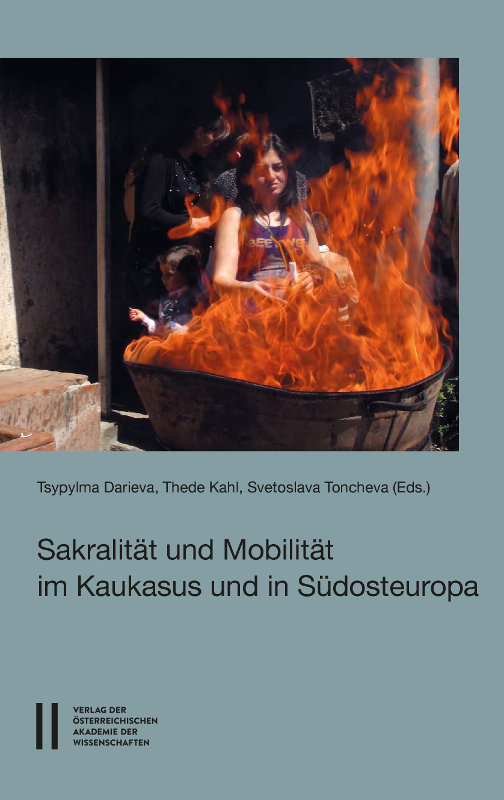
Sakralität und Mobilität im Kaukasus und in Südosteuropa, pp. 125-142, 2017/12/15
From the beginning of the 20th century, the veneration of a sacred tomb of Abbas Ali – the mythical son of Ali and step-brother of Hasan and Hüseyin – on the top of Mount Tomor in Southern Albania has been controlled by the members of the Bektashi Order of dervishes. Based on field research as well as on written sources, I look at the pilgrimage as linked to human and historical contingencies, and as a ritual space allowing a multiplicity of perceptions and meanings, with individual and collective dimensions, mediatizing spatial and temporal practices. In the post-socialist context, the mobility that affects the Albanian society has an important impact on the pilgrimage: concerning the geographical and social origin of the pilgrims, the spatiality of the sacred place itself whose center of gravity is no longer the top of the Mountain, and the competing ideas of significance given to the place (sacred, Bektashi, national, but also regional and linked to the universe).
Keywords: post-socialist mobility, Bektashi, Albania, sacred space, pilgrimage